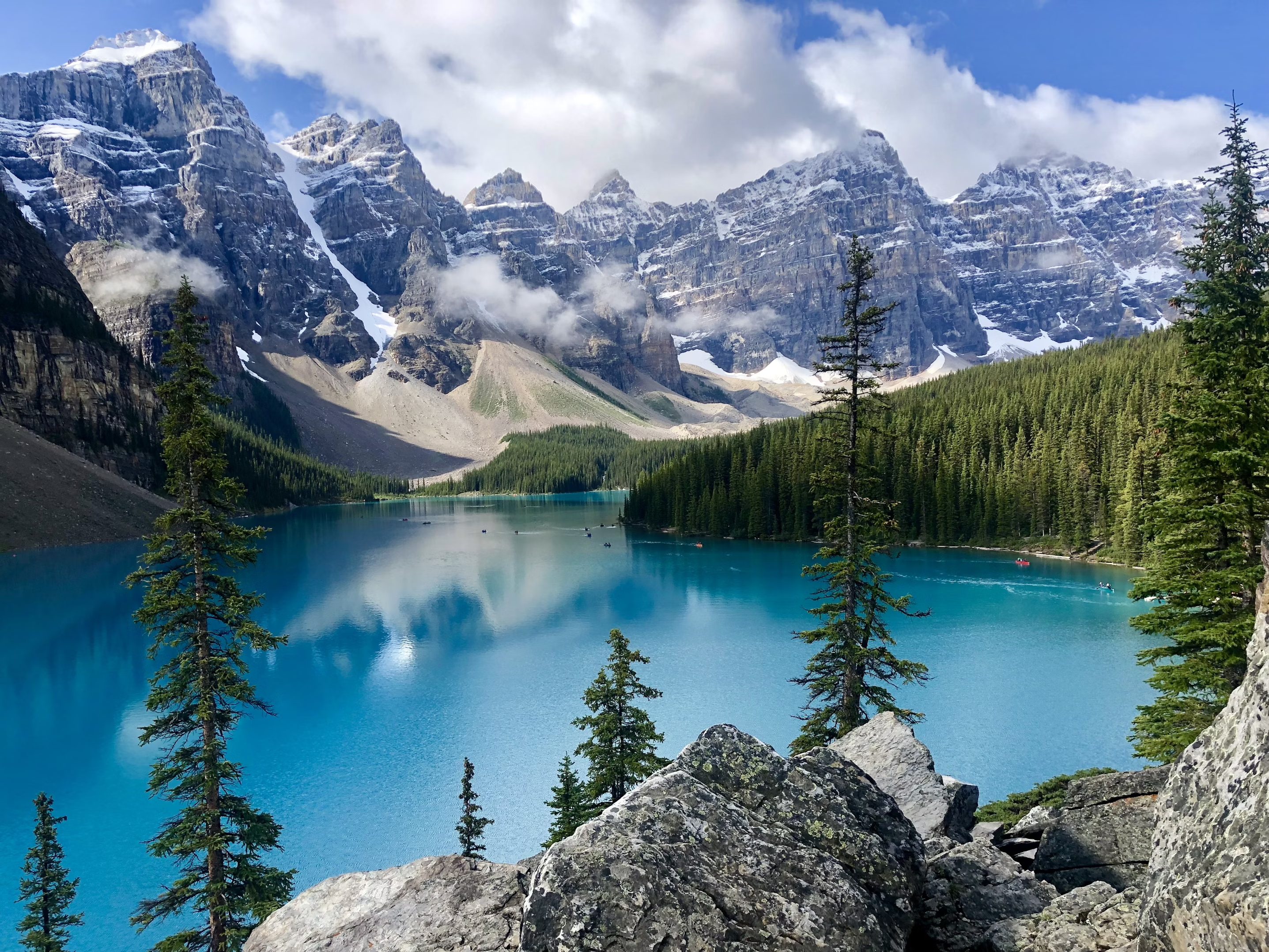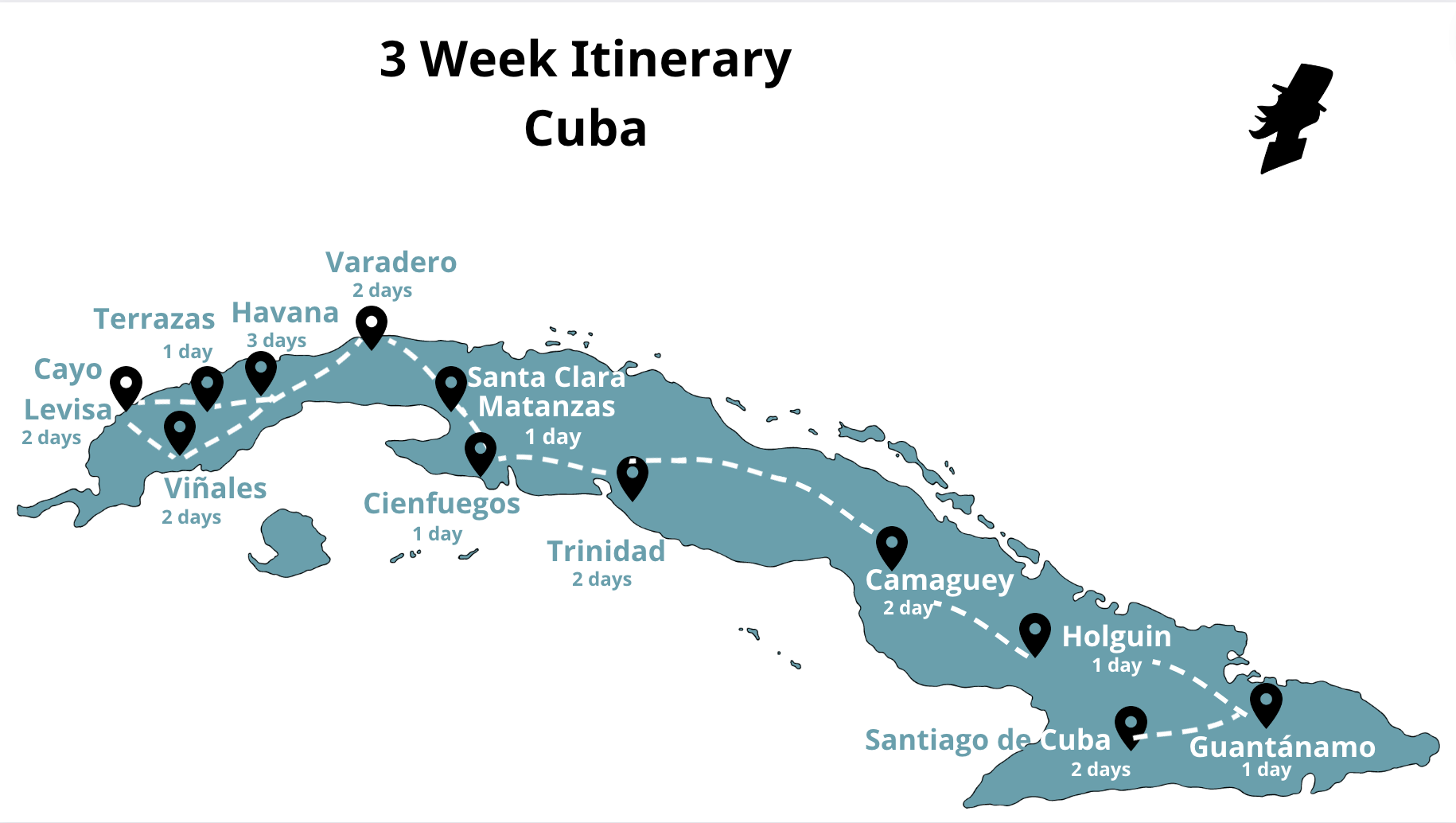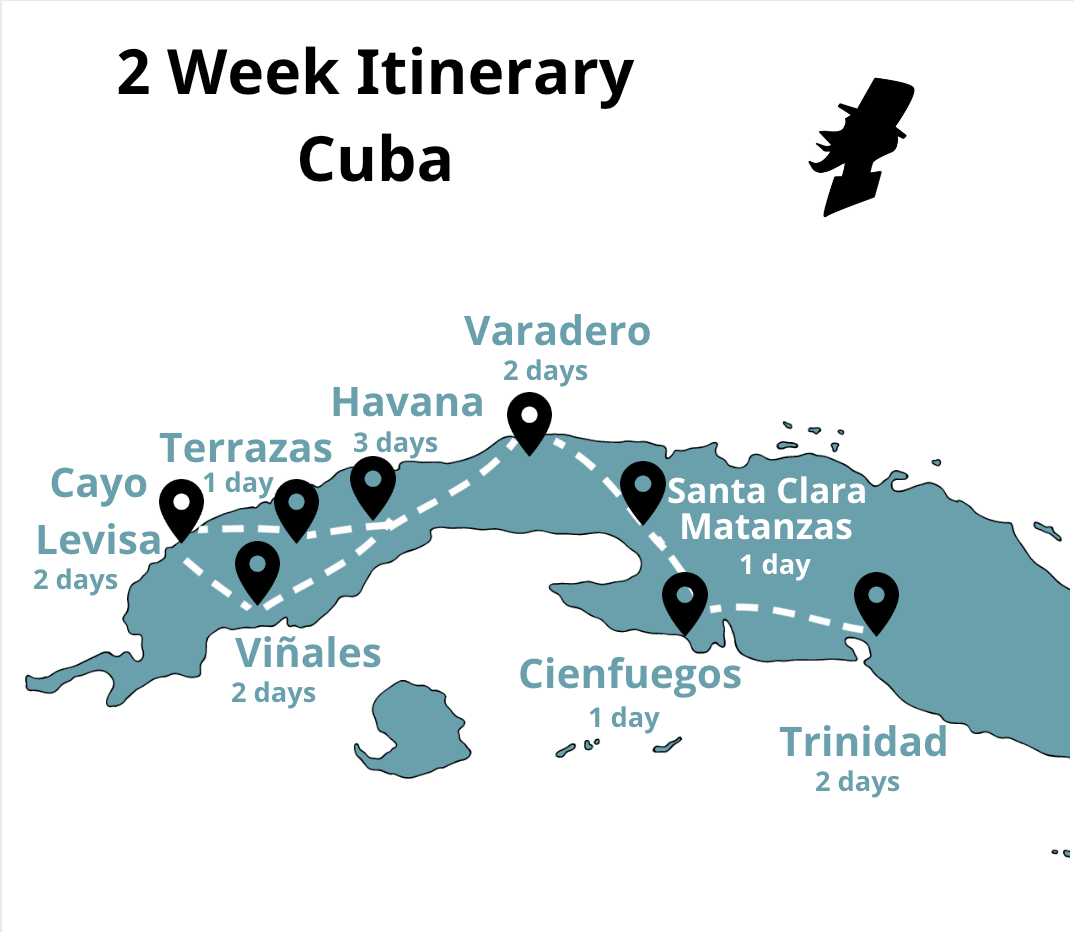Hello! In my previous episodes, I’ve talked about the most popular cities in Colombia: Bogotá, Medellín, Cartagena, and smaller cities like Cali and Bucaramanga. However, as Colombia is vast with many things to explore, I want to add two more cities to this Colombian itinerary. These two cities are coastal and situated on the Caribbean coast of Colombia: Santa Marta and Barranquilla. Let’s take a brief tour of each city to discover their history, tourist attractions, and charm.
Santa Marta
Firstly, let’s discuss Santa Marta. Santa Marta was the first Spanish settlement, officially founded by the Spanish Crown and is the oldest city on the continental territory of South America. It is believed to have been founded on July 29, 1525, by Don Rodrigo de Bastidas, a Spanish nobleman. However, this celebrated date is considered an approximation by many historians, lacking documentary support for the foundation. Some letters suggest the city might have been founded in May and June of the following year.
Although not as popular among foreigners, Santa Marta is a favorite destination for Colombians due to its beautiful city and proximity to natural attractions like the Sierra Nevada, Ciudad Perdida, and Tayrona Park.
Historic Center
Let’s start the tour with the magical and ancient city’s historic center. The historic center houses the city’s major attractions and is conveniently small enough to explore on foot. There are several free walking tours available, but I recommend the one by Civitatis, lasting approximately 2 hours, operating every day of the year, providing a comprehensive journey.
Free walking tours are an excellent option when you have limited time. A guide takes you on a short tour, narrates the city’s history, and you pay them based on what you feel they deserve as a tip, making them quite popular.
If you prefer a self-guided tour, here are five must-visit places: La Catedral Basílica, Parque Bolívar, Parque de los Novios, Malecón de Bastidas, and Carrera 3.
La Catedral Basílica
La Catedral, also known as La Basílica de Santa Marta, is considered the mother of all churches in Colombia and South America, being the first one built on the continent. It’s large, white, and Renaissance in style, housing the remains of the city’s founder, Don Rodrigo de Bastidas.
Parks
Parque Bolívar, featuring a prominent statue of Simón Bolívar, also hosts the Museo del Oro Tairona, showcasing 560 archaeological and ethnographic pieces from the Sierra Nevada. Another one called Parque de los Novios, while lacking museums, boasts numerous restaurants, making it an excellent dinner option.
Malecon
The Malecón offers a pleasant stroll along the beach, from the marina to the Malecón de Bastidas, named after the city’s founder, Rodrigo Bastidas. It’s a perfect spot for witnessing the city’s best sunsets and enjoying the view. Carrera Tercera is a lively area with bars and restaurants, perfect for ending your day with local cuisine and rhythm.
Quinta de San Pedro Alejandrino
If you venture a bit outside the city, I recommend visiting the Quinta de San Pedro Alejandrino. This place is a haven for history lovers, being the former residence of Simón Bolívar. This hacienda, significant for its historical and cultural value, also houses the Bolivarian Museum of Contemporary Art. Exploring this site can take several hours.
Beaches
If you enjoy beaches, Santa Marta has several to offer, such as El Rodadero, Playa Blanca, Bello Horizonte, and Pozos Colorados. For a less touristy beach experience, consider Playa del Ritmo in the Cabo Tortuga area.
Tayrona National Park
However, the true treasures of beaches are not in Santa Marta itself but a few hours away in what is known as Tayrona National Park. This paradise is one of Colombia’s main attractions, drawing many tourists to Santa Marta as it serves as the gateway to Tayrona. Tayrona features diverse ecosystems, including dry and humid forests, cloud forests, and beautiful crystal-clear beaches. The park is also home to indigenous communities such as the Kogui, Arhuaco, Wiwa, and Kankuamo. Tayrona is an ideal place for walking and relaxing on its beaches, but it’s vast, offering different landscapes, hotels, accommodation options, and beaches. In the future, I plan to create a more detailed episode on Tayrona, as I haven’t visited it yet, so I can’t provide firsthand advice.
Ciudad Perdida (Lost City)
Near Santa Marta, there’s another popular tourist attraction called Ciudad Perdida. Ciudad Perdida was the main urban, political, and economic center of the ancient Tayrona civilization, surviving Spanish colonization and only rediscovered in 1970. It’s almost like Colombia’s Machu Picchu but with less infrastructure. To reach Ciudad Perdida, you must hike for 4 days, covering 50 kilometers on a long and challenging trail. The difficulty of reaching Ciudad Perdida is why it’s named as such—it was challenging to find and will always have challenging access, following the indigenous route.
In Ciudad Perdida, you’ll connect with the cultural heritage of the Kogui, Wiwa, and Arhuaco peoples. You can also bathe in rivers and natural pools, walk through natural trails, and, to visit, it’s mandatory to go with local guides and hire an organized tour. The tour usually includes round-trip transportation from Santa Marta, accommodation in the park’s camps, full meals, and guides.
Barranquilla
In summary, Santa Marta is an attractive destination due to its city and Tayrona Park. Now, let’s talk about Barranquilla. Barranquilla is the main economic center of the Caribbean region and hosts Colombia’s most important cultural festival: the Barranquilla Carnival, recognized as Cultural Heritage of the Nation and Oral and Intangible Heritage of Humanity by UNESCO. The Barranquilla Carnival takes place annually before Ash Wednesday, in February or March. The celebration is so extensive that it includes a pre-carnival starting in mid-January. The Carnival spans four intense days of joy, dance, music, and tradition.
Carnival of Barranquilla
One of the carnival’s most famous events is the Battle of Flowers, featuring a parade of floats, groups, dance troupes, and costumes. Everything is led by the Carnival Queen, who dances and throws flowers to the spectators, accompanied by a court of princes and princesses. The special aspect of the Battle of Flowers lies in its animation by the most traditional characters of Carnival mythology, including King Momo, María Moñitos, and the Hombre Caimán.
The other key moment of the Carnival is the end, where Joselito Carnaval, the most representative character of the festival and the joy of the Caribbean coast, is symbolically buried. In his symbolic burial, Joselito is mourned and buried by joyful widows who celebrated the best of the Carnival with him.
If you can travel during the carnival, you can witness one of the biggest parties in Colombia and Latin America, showcasing incredible displays of dance, music, culture, and joy. I’ll leave the link to the carnival in the description so you can see photos, parades, and various events from this year’s edition.
If you can’t coordinate your trip for these dates, you can still visit this great city, which has many attractions for any tourist, at any time of the year. The first place you can visit is the Carnival Museum, offering the best insight into the Barranquilla Carnival if you visit during another time of the year. The museum dedicates itself to preserving, disseminating, and exhibiting the manifestations and traditions of the Barranquilla Carnival. Its exhibition halls tell the carnival’s history and showcase masks, musical instruments, costumes, and typical outfits that bring the country’s most famous festival to life.
La Ventana al Mundo
Another icon of Barranquilla is La Ventana al Mundo, an architectural monument 47 meters high, located at the Circunvalar industrial corridor roundabout. They constructed La Ventana al Mundo in 2018 for the Central American and Caribbean Games. This monument features over 2,000 square meters of laminated glass in various shades of blue, green, yellow, and red. Inside, there’s also a mini-museum with photos of the most important milestones in Barranquilla’s history.
Caribbean Cultural Park
The third icon of Barranquilla is the Caribbean Cultural Park, known as the “Gateway to the Caribbean’s Culture.” Here, you can explore the natural, cultural, and historical heritage of the Colombian Caribbean. The park includes the Caribbean Museum, the Children’s Pilot Library of the Caribbean, the Macondo Mediatheque (specializing in Gabriel García Márquez’s work), a multipurpose room, and a public square with an open-air theater.
Museums
If you enjoy museums, you can also visit the Julio Flórez House Museum, the home of one of Colombia’s most representative poets. This house is considered Cultural Heritage of the Atlántico department and National Monument. Located in the municipality of Usiacurí (known for its crafts in iraca palm), it still houses Julio Flórez’s belongings and remains.
Sports and The Port
Apart from these places, Barranquilla is known for two things: sports and the port. Therefore, you can visit places related to these two aspects.
For sports, you can go to the Barranquilla Baseball Stadium, considered one of the best in the world. Barranquilla holds a reputation as one of the birthplaces of baseball, and the stadium bears the name of the player Édgar Rentería, more commonly known as “el niño Rentería” in Barranquilla. In 1997, he led the Miami Marlins to conquer their first World Series against the Cleveland team. This stadium meets all MLB (Major League Baseball) standards and is very beautiful.
Barranquilla is also home to the Colombian national football team, with the Metropolitano Roberto Meléndez Stadium hosting many important matches. Inaugurated on May 11, 1986, it currently serves as the headquarters of Junior and the Colombian national football team.
Places associated with the port are also beautiful.
For instance, they constructed Plaza de la Aduana in 1919, symbolizing the importance of import businesses through the local port. The old Customs building is also a symbol of the city’s history, progress, and the economic and social dynamics of the city.
Grand Malecón del Río
The Grand Malecón del Río is another way to explore Barranquilla. It is divided into spaces for food, entertainment, sports, and cultural activities, and I recommend visiting Caimán del Río, a gastronomic market where you can sample local cuisine.
Bocas de Ceniza
Another place to visit is Bocas de Ceniza, where the Magdalena River and the Caribbean Sea meet. Hundreds of people visit this place to witness the natural spectacle of the river and the sea merging and to gain some insights into artisanal fishing. Finally, you can visit the Port of Barranquilla, the logistics platform connecting Colombia and the world.
As you can see, Barranquilla is a very attractive city as well, and like Santa Marta, it’s worth visiting. These cities are also very close to each other and relatively close to Cartagena. Many famous Colombians come from these cities, such as singers Shakira, Carlos Vives, and Joe Arroyo; actress Sofía Vergara; fashion designer Silvia Tcherassi; athletes Carlos “el Pibe” Valderrama, Edgar Rentería, and Teófilo Gutiérrez; and Miss Universe Paulina Vega.
I hope that after listening to this episode, you have many reasons to explore and visit Santa Marta and Barranquilla. Two important cities on the Caribbean coast, which also have other attractions such as the Barranquilla Carnival, Tayrona Park, and Ciudad Perdida. Share this podcast with someone else so that they too can discover all these places. I look forward to the next week to talk to you about Santander and everything you can do when visiting this great department. Have a great trip!




